Seoul Hiking Tourism Center (Monte Bukhansan) (서울도심등산관광센터(북한산))
11.5Km 2024-03-05
Ui-dong 181-7, Gangbuk-gu, Seúl
Uccello The-K Hotel Seoul (우첼로 더케이호텔서울)
11.5Km 2025-05-15
70, Baumoe-ro 12-gil, Seocho-gu, Seoul
Monte Mangusan (Seúl) (망우산(서울))
11.6Km 2021-01-27
San 69-1, Mangu-dong, Jungnang-gu, Seúl
+82-2-2094-2395
El monte Mangusan cruza Mangu-dong y Myeonmok-dong en Seúl, además de la ciudad de Guri, en Gyeonggi-do. Se encuentra a 281,7 metros sobre el nivel del mar. En la montaña está el cementerio Mangu, que fue designado como cementerio público en 1933; desde entonces, mucha gente famosa ha sido enterrada allí, incluido el autor de literatura infantil Bang Jeong-hwan (Sopa), los activistas independistas Oh Se-chan y Han Yong-un, y Ji Seok-young, un lingüista coreano. Además, los restos de grandes poetas como Park In-hwan, Mun Il-pyeong, Seo Byeong-ho, Seo Ong-il, Oh Jae-young, Seo Gwang-jo y Yu Sang-gyu se encuentran allí.
En el parque también hay una calle circular de 5,2 km llamada "Camino para pensar". El nombre fue elegido en una competición pública en mayo de 1998. Gracias a sus grandes árboles y aire limpio, muchos ciudadanos visitan el parque para descansar en la naturaleza.
Museo de Arte Buk Seoul [SeMA] (서울시립 북서울미술관)
11.6Km 2023-10-17
Dongil-ro 1238, Nowon-gu, Seúl
+82-2-2124-5248
Situado en Junggye-dong, Nowon-gu, Seúl, el Museo de Arte Buk Seoul abarca un área total de 17.113 ㎡. El museo está formado por tres plantas bajas y 3 plantas superiores, en las que se encuentran exhibiciones permanentes y una variedad de programas educativos y culturales, además de actividades relacionadas con el arte, para que los visitantes participen en ellas.
Teatro Charlotte (샤롯데씨어터)
11.6Km 2023-10-31
Olympic-ro 240, Songpa-gu, Seúl
Centro Comercial Lotte World (롯데월드 쇼핑몰)
11.7Km 2024-02-01
Olympic-ro 240, Songpa-gu, Seúl.
Museo Heo Jun (허준박물관)
11.7Km 2021-08-25
Heojun-ro 87, Gangseo-gu, Seúl.
+82-2-3661-8686
Siendo el primer museo de medicina oriental del país, fue inaugurado el 23 de marzo del 2005. En el piso 1 se encuentran la oficina de administración y otras instalaciones anexas, y en el piso 2 están la tienda de suvenires, la sala audiovisual y el sector de descanso. La mayoría de las piezas destinadas a la exposición están en el piso 3, la sala conmemorativa de Heo Jun, la sala de exhibición de hierbas y medicamentos orientales, la sala de equipos y maquinarias médicas, el área de experimentación médica y las reproducciones de escenas médicas de la Corte Real. En el área de experimentación tendrá la oportunidad de participar en las actividades académicas, envolver los fármacos, realizar consultas médicas para conocer su estado físico, preparar medicamentos, medir la presión y la grasa corporal, etc.
Heo Jun
Personaje de gran importancia en la historia médica de Corea, que corresponde al período comprendido entre 1539 (reinado de Jungjong) y 1615 (reinado de Gwanghaegun). Nieto de Heo Gon, alto funcionario público de la época de Joseon, e hijo del guerrero nacional Heo Ron, nació en la aldea Baekseok, de Neunggok-dong, Paneung-ri, Yangchyeon-hyeon, Gyeonggi-do (actualmente: Deungchon 2-dong, Gangseo-gu de Seúl). Fue el médico más importante de Joseon, que por su conocimiento y técnica de medicina, es considerado hasta hoy en día el mejor profesional de su campo de la historia coreana. También fue quien sistematizó la medicina oriental en el libro Dongui Bogam.
Vegenomics Fair (Vegan Festa / Green Festa / ESG Food Festa) (푸드테크 베지노믹스페어 (비건페스타ㅣ그린페스타ㅣESG푸드페스타))
11.7Km 2025-01-24
Gangnam-daero 27, Seocho-gu, Seúl
02-2223-1851/2/3
Mercado de Flores de Yangjae (양재꽃시장)
11.7Km 2025-06-19
Gangnam-daero 27, Seocho-gu, Seúl (서울특별시 서초구 강남대로 27)
Lotte World Adventure (롯데월드 어드벤처)
11.7Km 2025-05-13
Olympic-ro 240 , Songpa-gu, Seúl.
Lotte World Adventure es el lugar ideal para ir en busca de diversión y andar de paseo dentro de la ciudad. Se trata de un parque temático compuesto de un paseo de terror, una pista de patinaje sobre hielo, diferentes tipos de desfiles, un museo folclórico, sendas de paseo alrededor del lago y mucho más. Cada año visitan este parque de diversiones unas 6 millones de personas, y un 10% de ellas son extranjeras. La estructura de su interior hace uso de la luz natural del sol y se encuentra abierto al público los 365 días del año, sin perjuicio del estado de tiempo.
Lotte World Adventure tiene sus calles señalizadas con los nombres de varios países y en ellas hay diferentes clases de instalaciones y tiendas de recuerdo. Puede deleitarse con fantásticos desfiles, numerosas películas, juegos de luces láser y comidas de diferentes naciones, incluso durante los feriados. Por otra parte, Magic Island, al aire libre, tiene un castillo imponente, juegos de caída libre desde alturas espeluznantes y numerosos juegos de entretenimiento que solo se pueden disfrutar al aire libre, y ofrece la oportunidad de hacer un placentero paseo alrededor del lago. Una de las principales razones de que los turistas se sientan atraídos por Lotte World Adventure es la gran variedad de juegos que posee. Gyro Drop y Gyro Swing son los juegos más aclamados por el público: uno puede ser arrojado en caída libre desde 70 metros de altura, o vivir la sensación de estar dentro de un tornado. Tal es el dinamismo que brindan estos juegos que inclusive hay un cartel que indica quitarse los calzados para que no los pierda estando sobre ellos. Puede también hacer un viaje por unos rápidos sobre un bote que atraviesa un parque de la Edad Jurásica, detenerse sobre la cresta de una altísima ola y pilotear una nave pirata española que se balancea en un ángulo apasionante de 75 grados. Junto a la emoción de los juegos, Lotte World Adventure tiene también una variedad de desfiles y espectáculos de juegos de luces láser. Los 200 integrantes del Desfile World Carnival añaden con su música, canto y baile, pasión a este parte temático.
Después de subirse a los juegos, pruebe patinar en la pista de hielo y no se pierda de visitar el museo. La pista de hielo para patinaje se despliega bajo techo en el 3er. subsuelo y abre los 365 días del año. Su placentero ambiente es perfecto para las salidas en familia y de las parejas. Sus instalaciones incluyen un restaurante, una boletería, un bar para bocados, tienda de artículos deportivos, servicio de alquiler de patines y vestuario. El Museo Folclórico, por otro lado, es el lugar más popular entre los turistas extranjeros. El museo muestra 5.000 años de historia de la cultura coreana, maquetas de aldeas y un sector de juegos. Todo aquí está organizado de modo que se pueda entender fácilmente y de una manera amena. Asimismo, hay también material audiovisual y miniaturas de modelos que se añaden a las presentaciones multimediales.

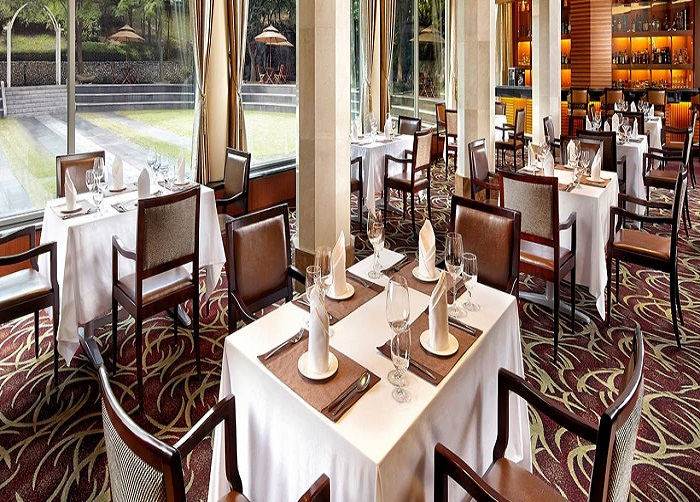
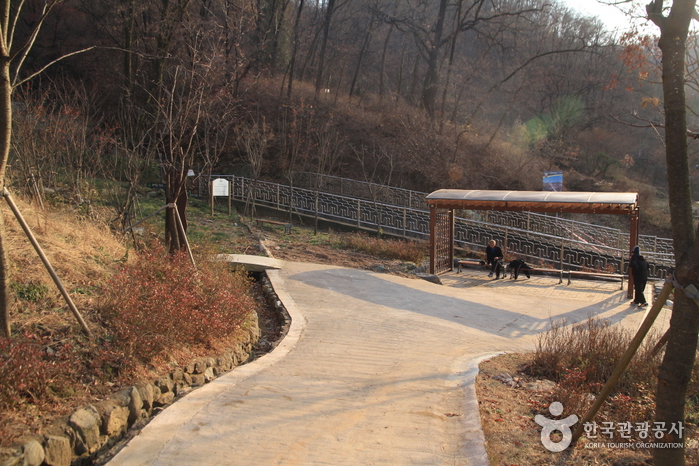
![Museo de Arte Buk Seoul [SeMA] (서울시립 북서울미술관)](http://tong.visitkorea.or.kr/cms/resource/42/3020542_image2_1.jpg)
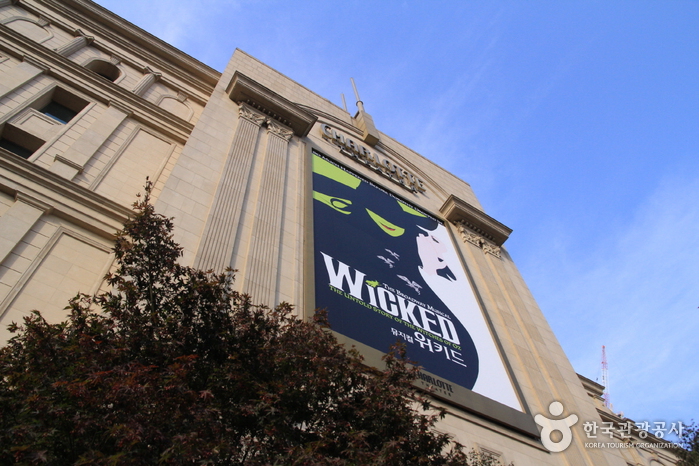
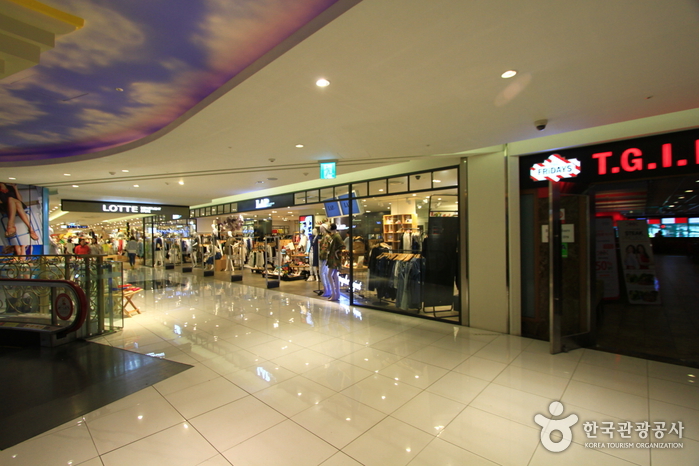

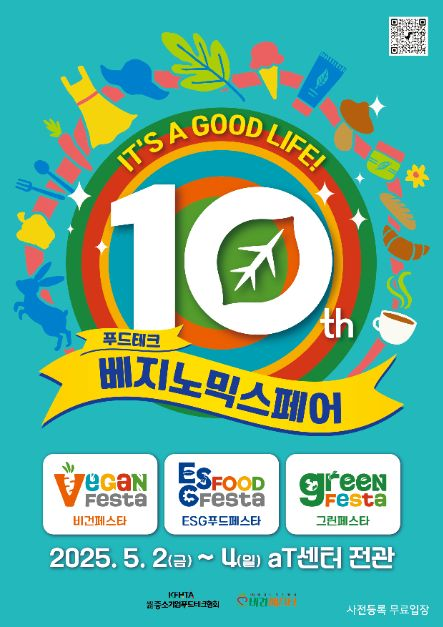
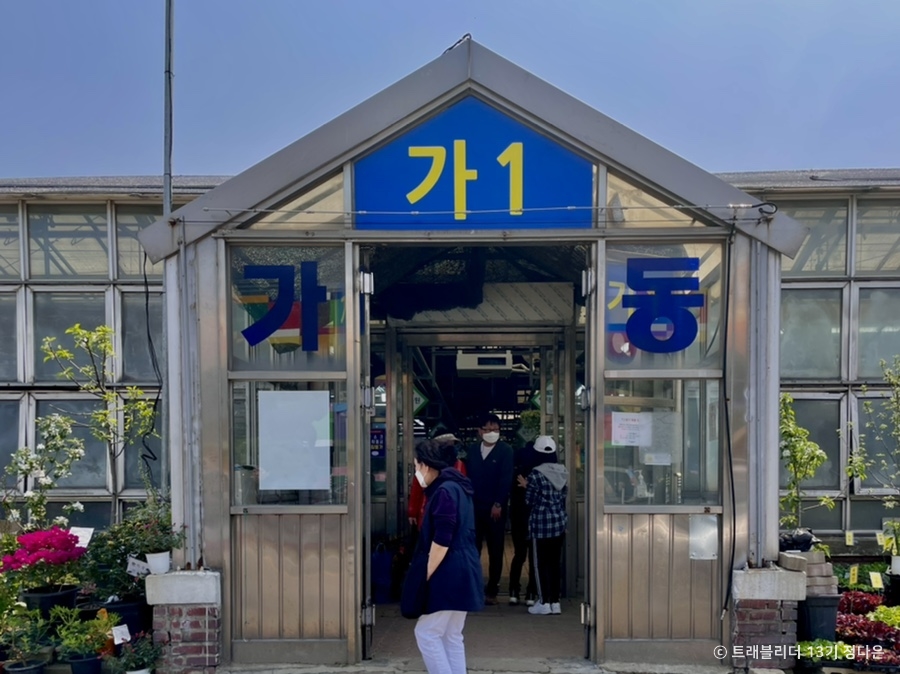
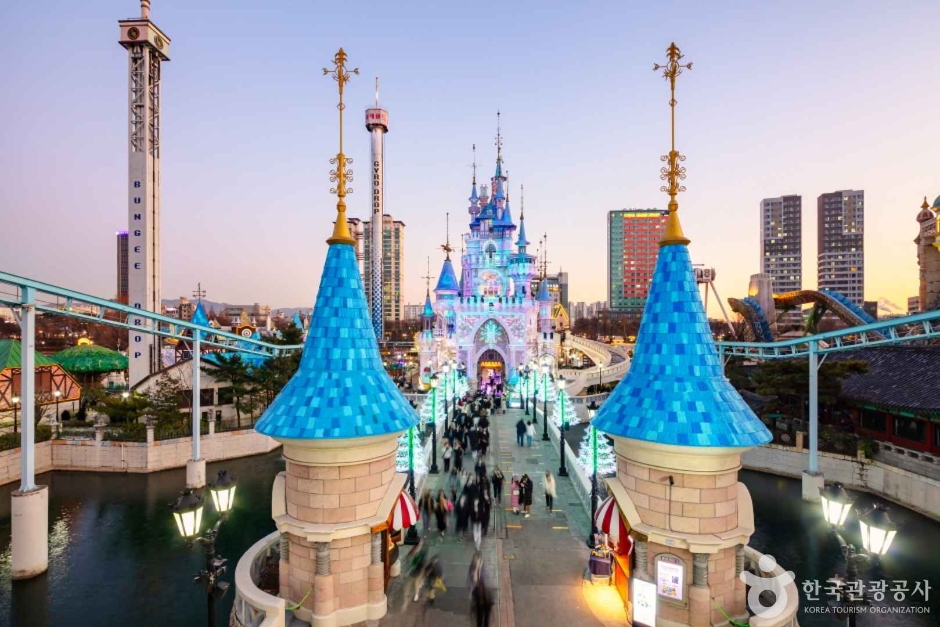
 Español
Español
 한국어
한국어 English
English 日本語
日本語 中文(简体)
中文(简体) Deutsch
Deutsch Français
Français Русский
Русский